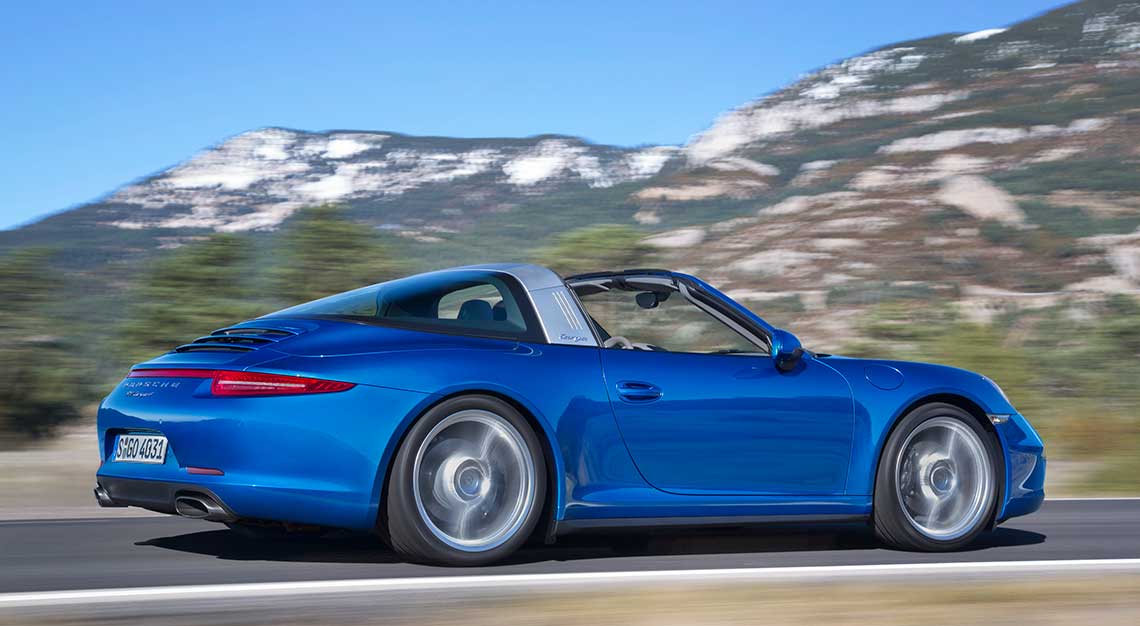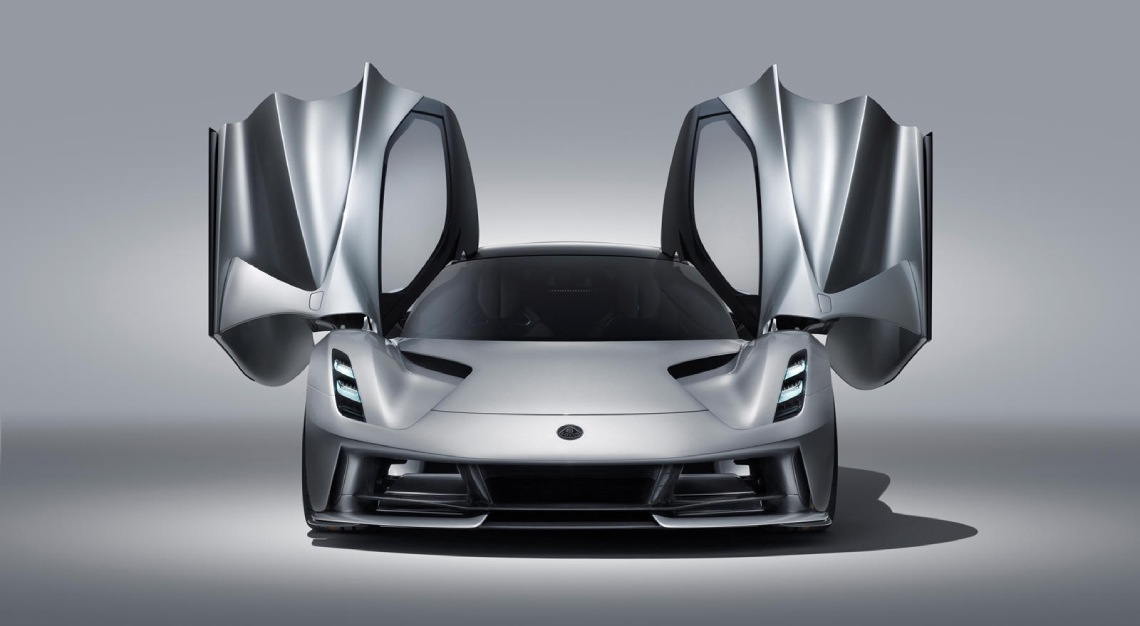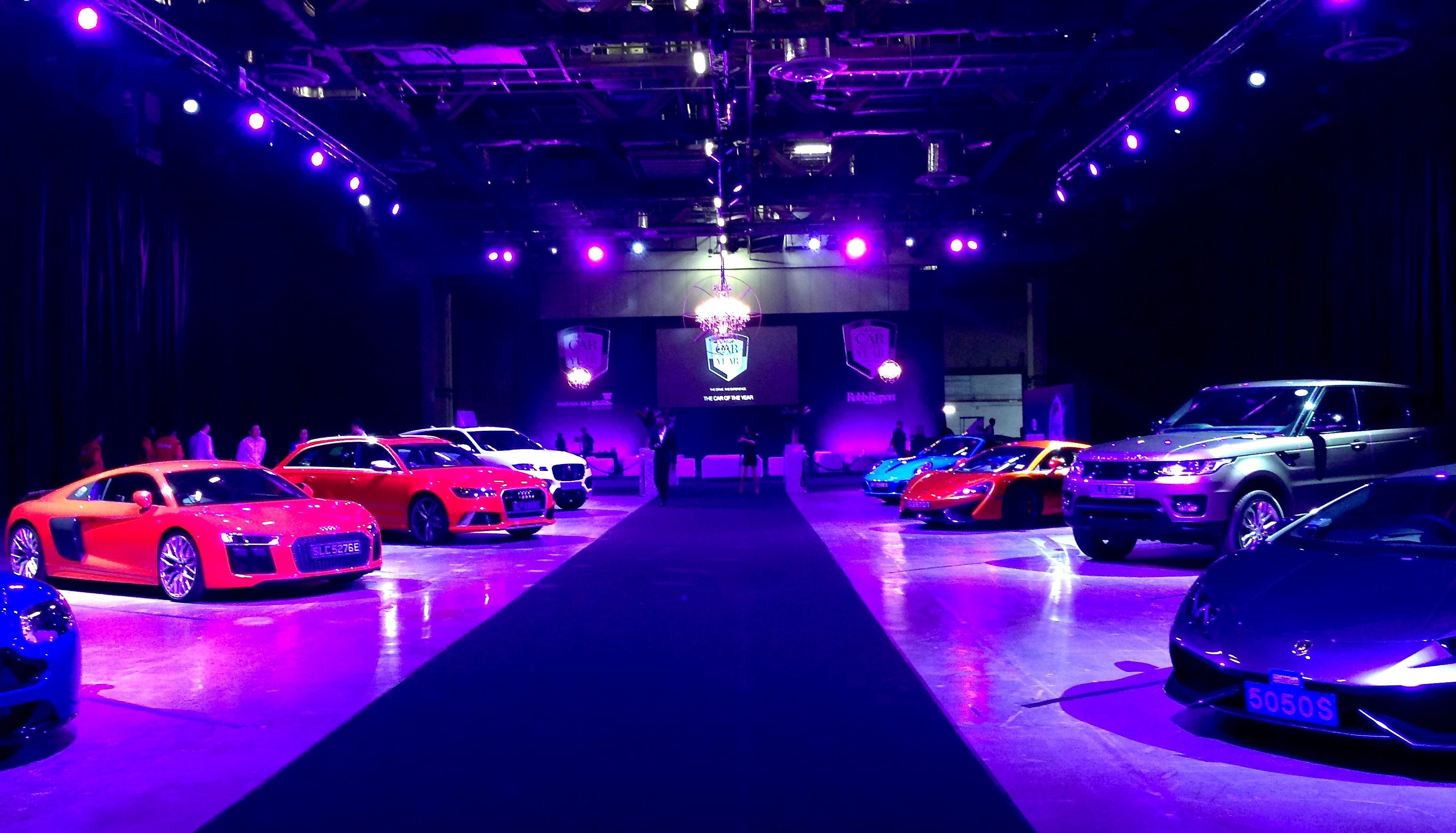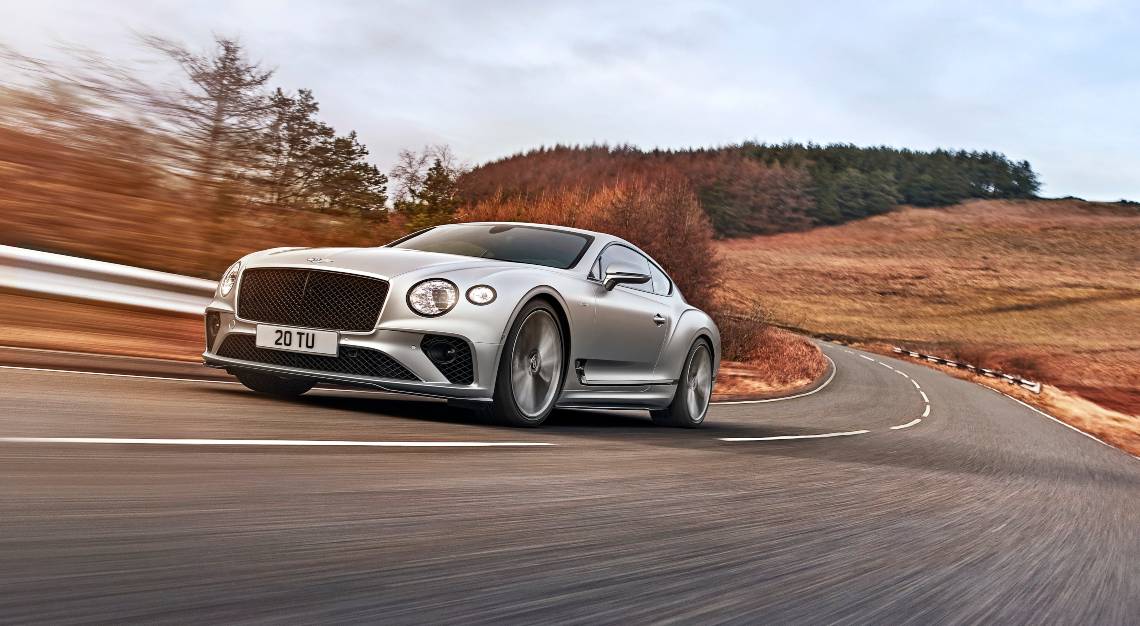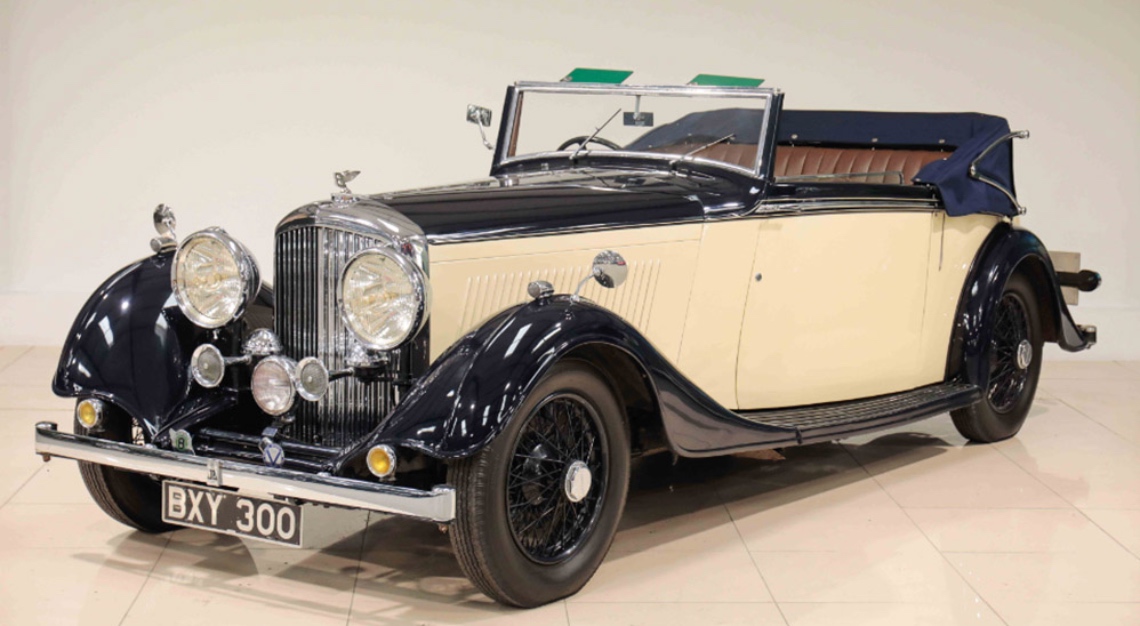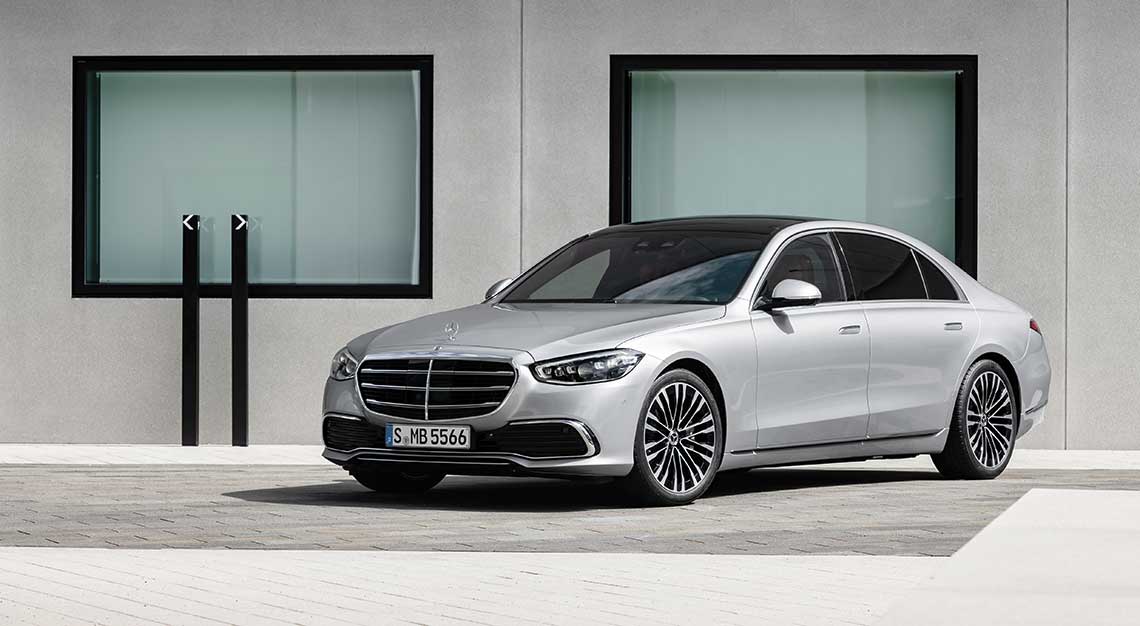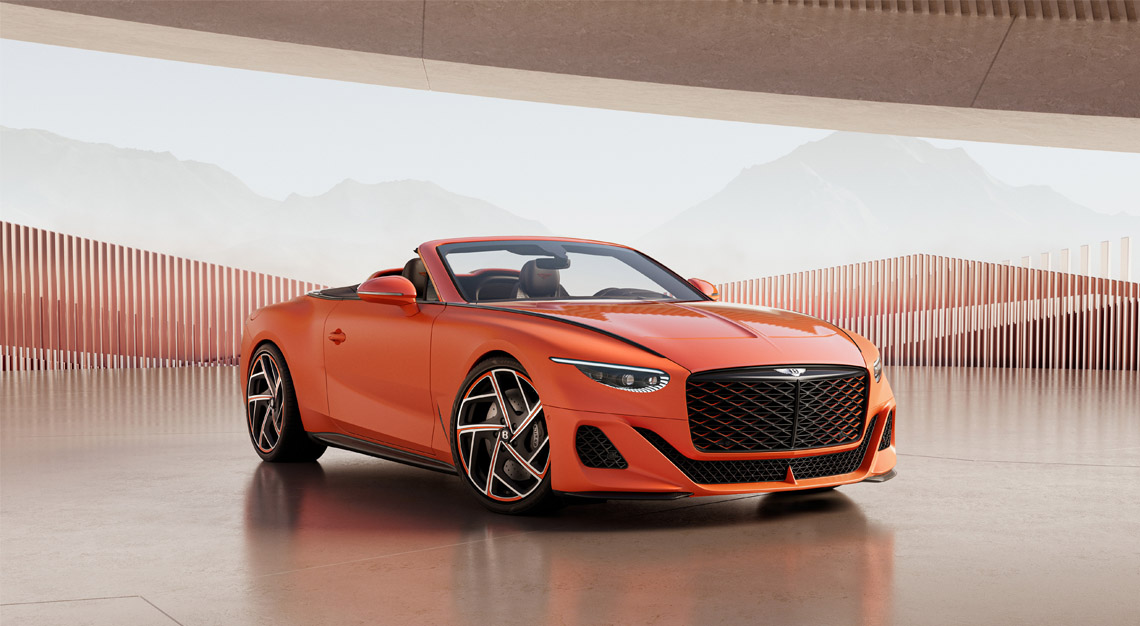The most beautiful Porsche 911 models of the last 20 years
In case you missed it, we started a series to showcase the most beautiful Porsche 911s in each of the car’s eight model generations. The first part covered the first four generations of the 911, but in case classic 911s aren’t quite your thing, we present to you modern iterations, beginning with the 996-generation model, a car that dragged the sports car kicking and screaming into the then-new millennium.
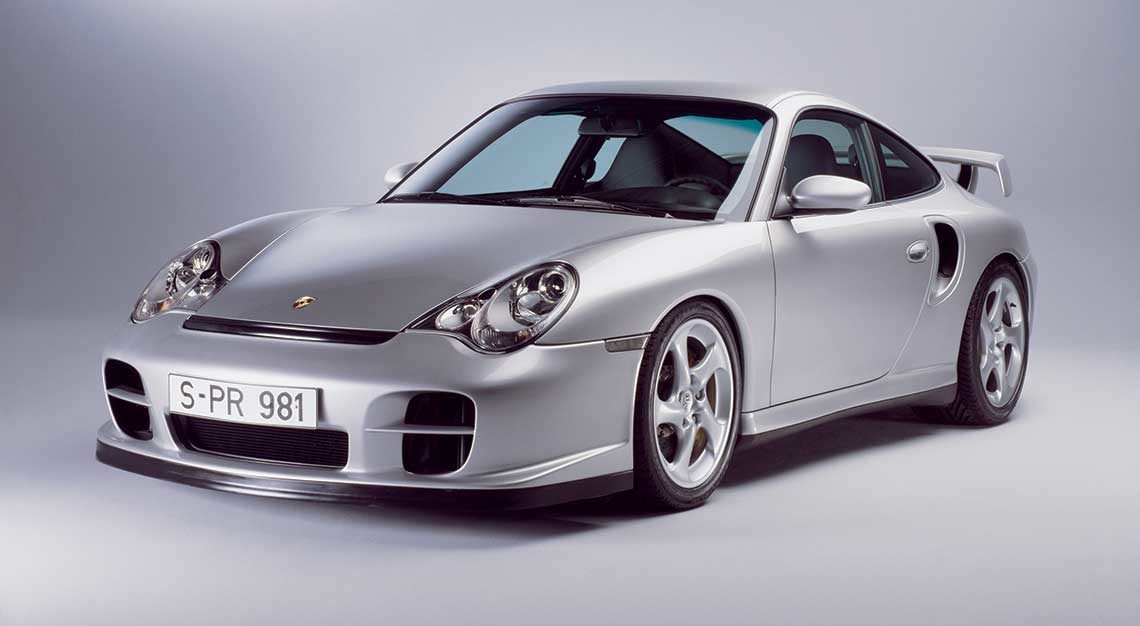
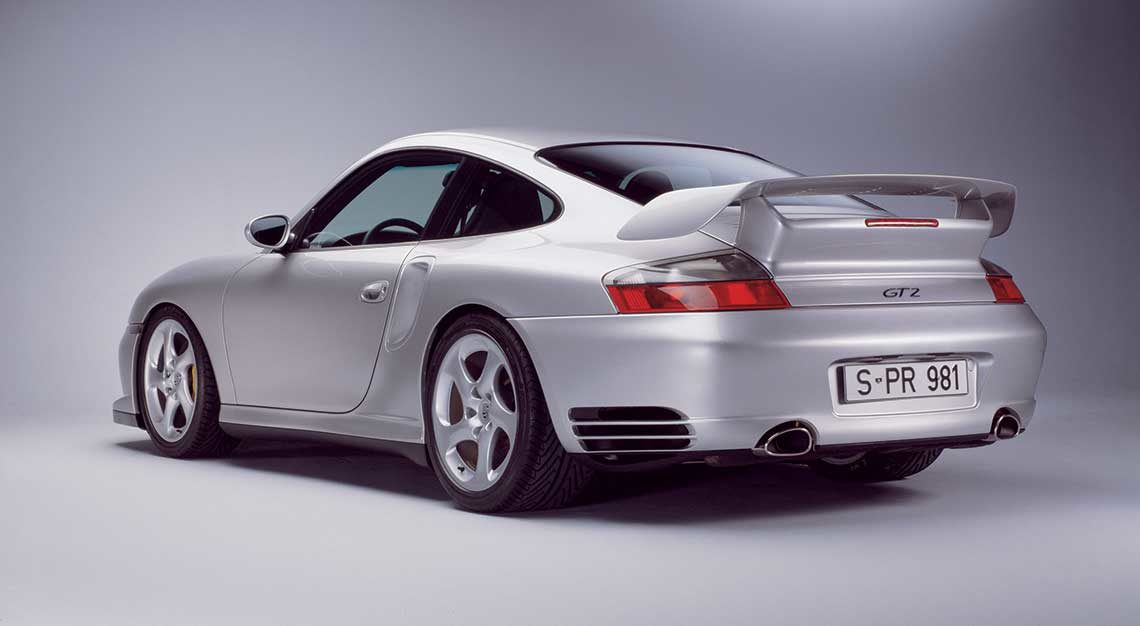
Fifth generation: 911 GT2
The fifth-generation 911 of 1997 represented the most sweeping change for the model in its history. For the first time in 34 years, the car would receive water-cooled engines across the board, a response to tightening emissions regulations, and nearly 200mm added length, a clear shift from its role as an out-and-out sports car to one with more grand tourer leanings.
But while the Porsche faithful could swallow all the above, perhaps its most controversial change would come in the form of its ‘fried-egg’ headlights, replacing the beloved and iconic round ones of generations past.
The 996-generation was perhaps the hardest 911 to love, but it was also undeniably modern, the first truly evolved 911, if you will. The 996 also introduced the world to the GT-badged 911, a nameplate reserved for only the wildest, most manic, most enthusiast-focused cars to leave Zuffenhausen.
The maddest of all 996 variants was the GT2, with its 3.6-litre twin-turbo flat-six producing 483hp. But unlike the range-topping Turbo, it ditched the all-wheel-drive and rear seats to save weight. Its zero to 100km/hr time was quoted at 3.6 seconds, an eye-watering number in its day, though its achievements have dimmed somewhat in the ensuing two decades since its launch – a current-generation Carrera 4S matches that GT2 in the benchmark sprint.
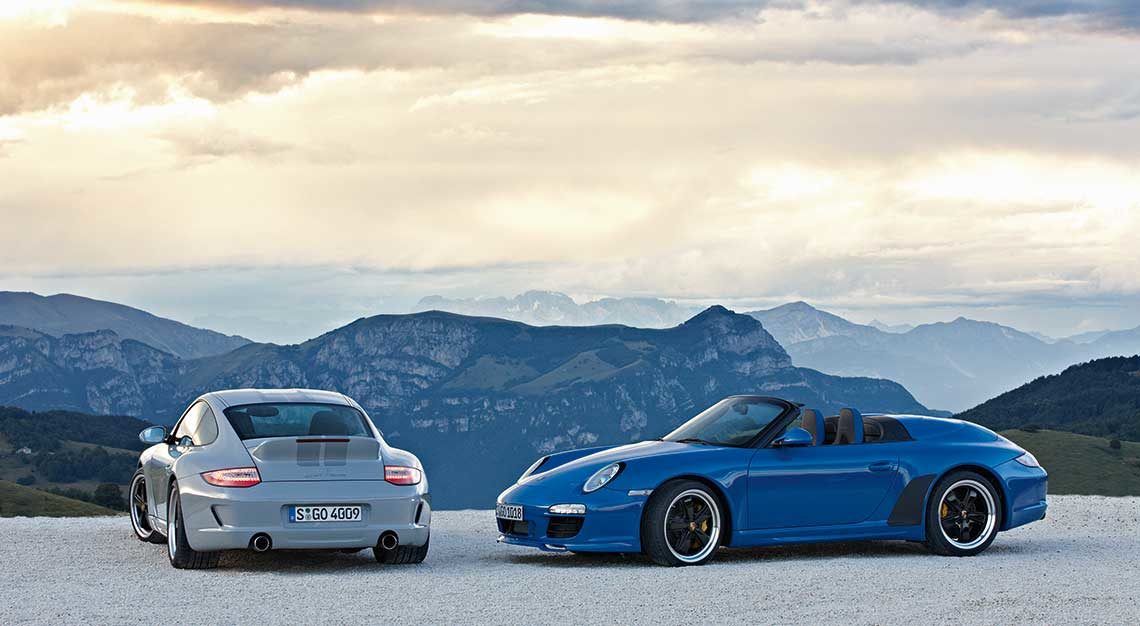
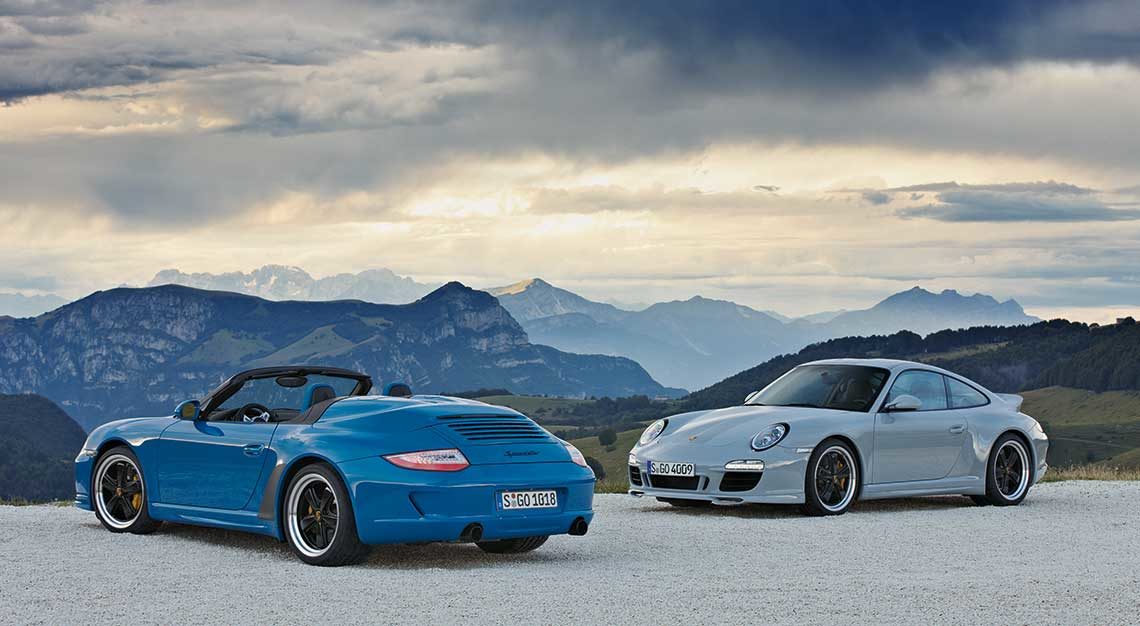
Sixth generation: 911 Speedster and 911 Sport Classic
If the 996-generation car was a revolution, then the 997, the model that followed, was very much a car 911 fans have come to expect. That is to say, it was an evolution. Water-cooled engines were here to stay, but one thing that went, much to the relief of the purists in the audience, were the 996’s controversial headlights, replaced by the familiar ‘bug-eye’ units.
This retro theme would continue with the special models that made its debut during the 997’s run from 2004 to 2012, the most notable pair being the Speedster and Sport Classic.
The former was produced in a limited series of 356 units in 2011, to commemorate the 356 Speedster of the 1950s. It also carried over its illustrious forebear’s styling cues, including the shortened windscreen, ‘double-bubble’ rear deck and hump over the rear deck to stow the soft top. Adding to buyer frenzy over the Speedster would be the bodystyle’s triumphant return after an absence of over 20 years.
Even rarer and getting even more 911 fans hot under the collar was a car that made its debut some two years prior. The Sport Classic was the first modern 911 to receive Fuchs alloys, a fan-favourite wheel on classic 911s. The fact that it had styling inspired by the legendary Carrera RS 2.7 (including the ‘ducktail’ rear spoiler and retro-looking tartan fabric seats) didn’t hurt the Sport Classic’s cause either. So much so that all 250 examples found buyers in under 48 hours.
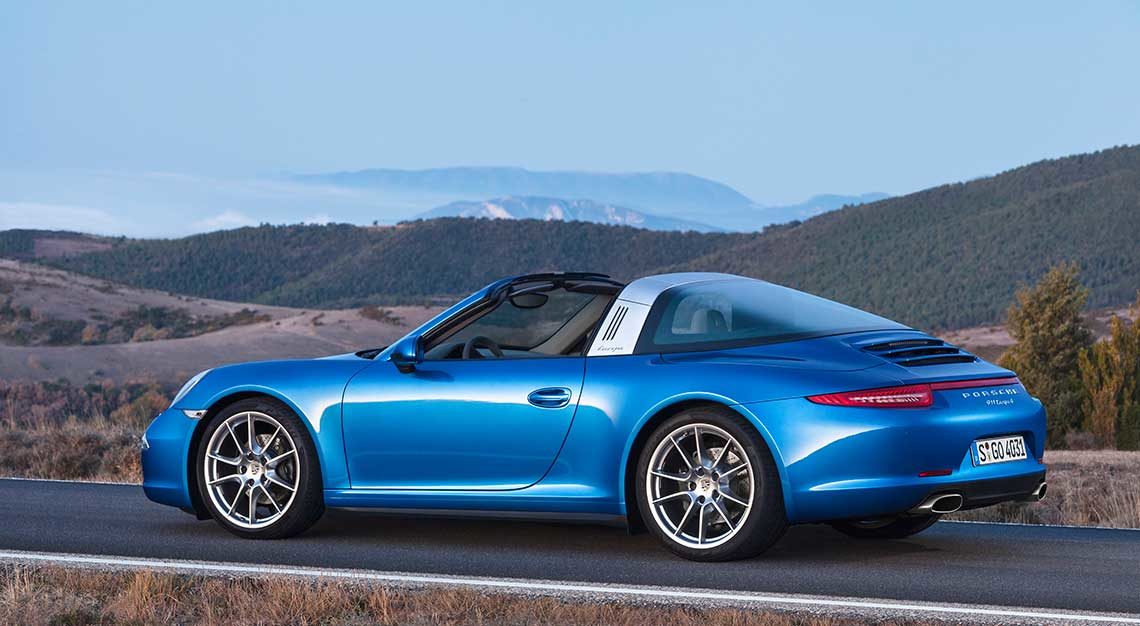
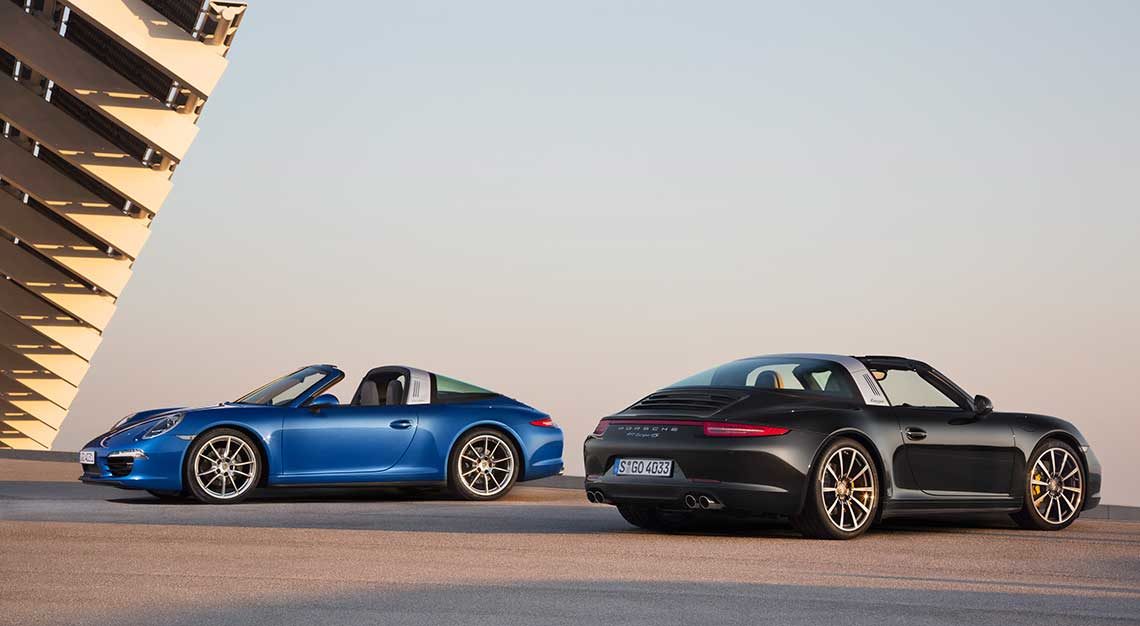
Seventh generation: 911 Targa
The 991-generation car made its global debut at the 2011 Frankfurt Motor Show and it’s quite telling that, in the five decades since the car made its debut, it would only be the third new platform used by the 911. The grand tourer leanings introduced by the 996 some 15 years prior would be taken still further by the then-new 911, with a wheelbase 100mm longer to the benefit of greater interior space.
A midlife refresh in 2016 introduced turbocharged engines to the entirety of the 911 range, a first in the model’s history. So now, in a manner of speaking, every 911 is technically now a 911 Turbo.
Suffice it to say, not everyone welcomed this change, citing flat responses from the engine and an uninspiring, muted exhaust note. What did, find a little more favour, however, was the reintroduction of a ‘true’ Targa to the 911 range for the first time in nearly 20 years. Where the Targa has existed in every 911 model generation, the 993, 996 and 997 models had full-length sliding glass roofs. Pretty enough, but not really worthy of being called a Targa.
The 991-generation Targa would, as with the most well-received 911 designs prior, would draw heavily on the past for design inspiration. The new, ‘old’ Targa would have the model’s signature stainless steel B-pillar rollover hoop, complete with the classic three-grooved details and Targa script.
